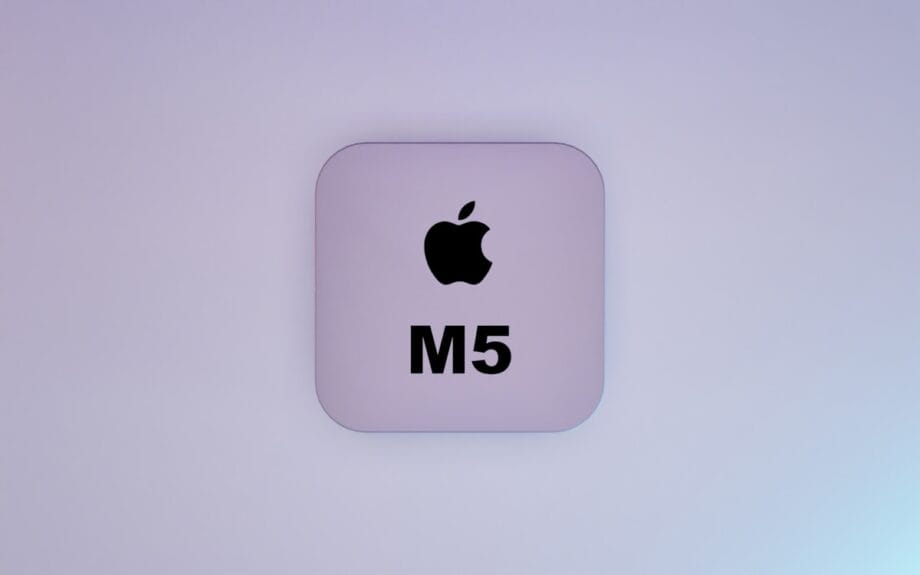Apple has recently introduced its newest iteration of the iPad Pro, now equipped with the cutting-edge M5 chip. This unveiling took place during a dedicated event earlier this week, marking a meaningful update merely 18 months after the launch of the M4 model. The enhancements center around performance augmentation and sophisticated AI functionalities.
The newly integrated chip signifies considerable advancements in operational speed, especially beneficial for professional applications. Technical evaluations from Bloomberg indicate that improvements are particularly evident in artificial intelligence tasks, thereby reinforcing the iPad Pro’s stature within creative and professional spheres.
M5 Chip: A Significant Leap in Speed and Artificial Intelligence
The M5 chip signifies a marked evolution from its predecessor, the M4. Apple asserts that it provides up to a 15 percent increase in CPU performance, with even more profound enhancements observed in graphics utilization and ray tracing.
This upgraded architecture greatly benefits multithreaded workloads, presenting significant boosts in real-world AI tasks. A noteworthy example is the Topaz Video Enhance AI, which now operates 1.8 times more swiftly.
Moreover, the integrated Neural Accelerators are pivotal, embedded within every GPU core to primarily expedite on-device machine learning processes.
Advancements Beyond the Chip
Improvements extend well beyond mere processing power. The base memory has been elevated for the 256GB and 512GB variants, now equipped with 12GB of unified memory.
Connectivity sees substantial enhancements, featuring support for Wi-Fi 7 and Bluetooth 6. Cellular models are equipped with a new, expedited modem, while SSD read and write speeds have doubled, facilitating faster file access.
External display compatibility has also evolved to become more dynamic, capable of driving monitors at refresh rates up to 120Hz with Adaptive Sync. Additionally, the minimum screen brightness has been reduced to just 1 nit, optimizing HDR content presentation.
Evaluating the Upgrade Viability
For the majority of existing M4 iPad Pro users, this update appears to be an incremental enhancement. The tangible benefits will predominantly emerge in high-demand settings. Professionals utilizing AI-powered applications in tools such as Adobe Premiere Pro or Blender will certainly appreciate the improvements.
However, those operating with older iPad models or Intel-driven laptops will find this upgrade particularly appealing. The performance disparity when transitioning from an M1 or Intel system is stark, marking a substantial long-term investment for creative endeavors.
The product is designed more as a replacement-cycle model rather than an annual refresh. Its future-proofing is evidenced by the upgraded memory and advanced connectivity features, which promise longevity amid evolving software demands.
The new M5 iPad Pro charts a definitive course for the future of professional tablets. Its foundational enhancements in AI capability establish a new standard for mobile computing strength and efficiency.
Quick Information

How does the M5 compare in speed to the M4?
The M5 delivers up to 15% enhanced CPU effectiveness and boasts graphics performance that is as much as 30% superior. Ray tracing capabilities see the most prominent improvement at 45%. Is transitioning to the M5 iPad Pro justifiable for M4 users?
For the average M4 owner, the benefits of this upgrade are modest in typical use cases. Performance enhancements shine in specialized, AI-intensive professional environments. What new connectivity features are included?
This model introduces support for the latest Wi-Fi 7 and Bluetooth 6 standards, facilitating higher wireless speeds and more stable connections, particularly in high-density settings. Has there been a change in base memory specifications?
Indeed, the 256GB and 512GB models now start with 12GB of RAM, a step up from the 8GB in the corresponding M4 variants, enhancing multitasking capabilities. What improvements exist for external display connectivity?
The device is now capable of driving external monitors with refresh rates reaching 120Hz, a significant advancement for video editors and designers who demand seamless playback experiences.
Source link: Inews.zoombangla.com.






